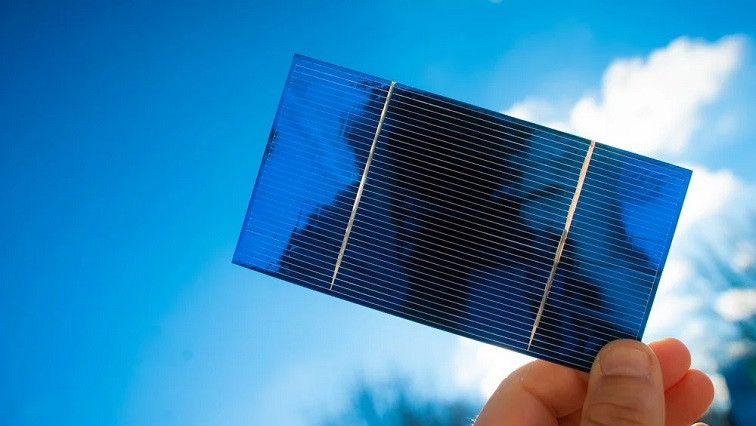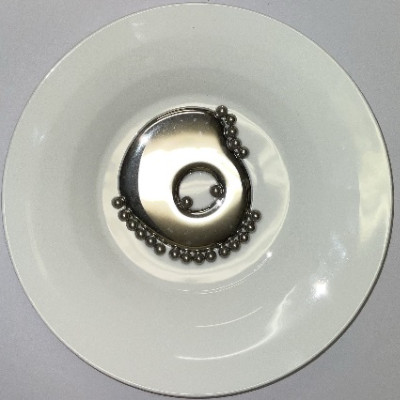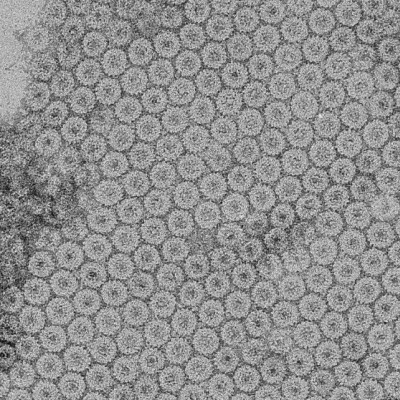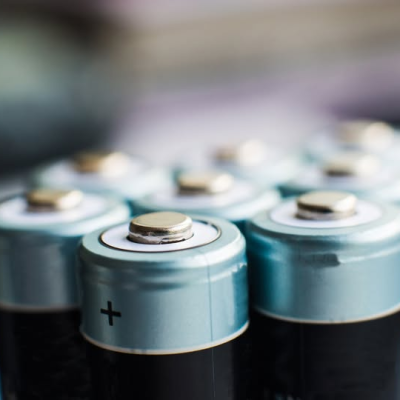An international research group claims to have developed more industrially scalable, efficient, and stable organic solar cells (OPV) by addressing photodegradation in the active layers.
The team fabricated inverted cells using q 2D MXenes material in the zinc oxide (ZnO) electron transport layers (ETL). MXenes compounds take their name from their graphene-like morphology and are made via selective etching of certain atomic layers from a bulk crystal known as MAX.
MXenes materials have shown promise for use in PV technology due to their unique optoelectronic properties, such as their large charge carrier mobility, excellent metallic conductivity, high optical transmittance, and tunable work function (WF).
“The 2D Mxenes provides unique possibilities for these research directions, which we show in this research work by combining fundamental studies, also synchrotron-based, on interface properties, with device development and lifetime testing,” Morten Madsen, the paper’s corresponding author, told pv magazine.
“The process for the coating of the 2D MXenes-based electron transport layers is fully scalable and the use of only nonhalogenated solvents is also an important point here,” explained Madsen, noting that the interface defect passivation promotes significantly prolonged OPV device lifetime without hampering initial performance.
The scientists used an MXenes material known as titanium carbide (Ti3C2Tx), which has tunable optical and electronic properties, into ZnO precursors in inverter organic PV cells using the PM6:N3 donor polymer as the absorber. They also used a halogen-free solvent as an active layer solvent, due to its lack of toxic substances.
The researchers acknowledged a trade-off of a slightly reduced efficiency in return for more stable devices with “superior” lifetimes. For example, devices with 2 wt % MXene in the ZnO layer had an overall accumulated lifetime power generation of almost three times more than the reference devices.
Stabilization is attributed to the passivation of photocatalytic degradation in ZnO. The group hypothesized that “a more perfect coverage of the 2D MXene layer across the full devices” will improve the device performance and the stabilization effect for the MXenes-based cells even further. The team sees MXenes use as a “more generic route for stabilization of interfaces to various active layer components in organic photovoltaics.”
The scientists presented their findings in “2D MXene-Based Electron Transport Layers for Nonhalogenated Solvent-Processed Stable Organic Solar Cells,” which was recently published in ACS Applied Energy Materials.
Madsen’s team is now looking at module coatings in thin-film sheet (S2S) and roll-to-roll (R2R) foils.
“We currently work on transferring the new interlayers, for example, MXene based interlayers, to S2S and R2R, and from that demonstrate improved performance and lifetime for sustainable and scalable OPV modules,” he said.
The group produced an organic cell with a 0.5% weight percent (wt) of MXenes and a second device with a 2% wt. The first achieved a power conversion efficiency of 14.1% and the second of 13.7%. The latter, however, showed superior stability.
Read the original article on pv magazine.







